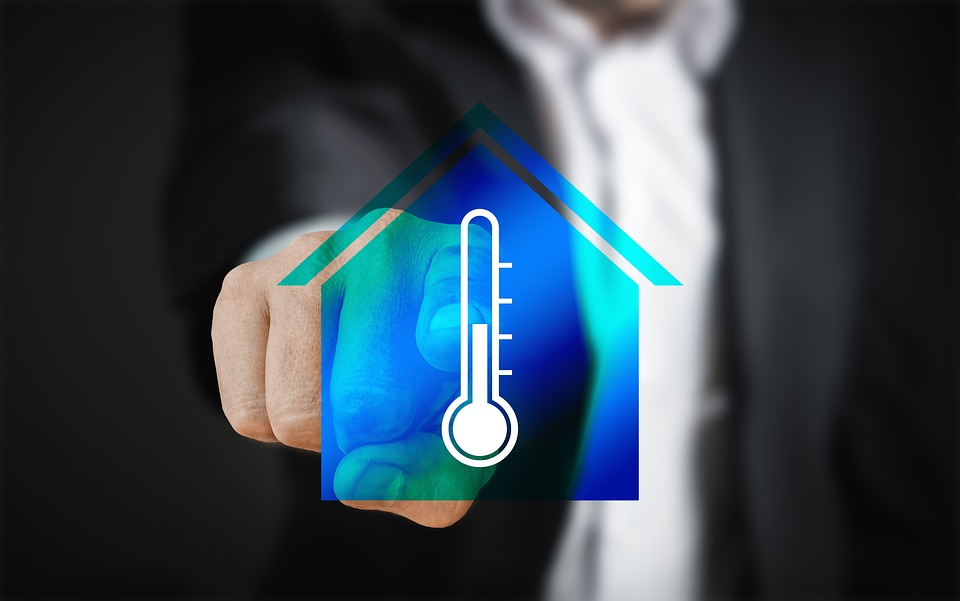Summary
- Function(s) of a heater thermometer
- Different types of heater thermometers
- Installing a heater thermometer
- Price of a heater thermometer
The heater thermometer has several functions depending on its type of installation and is indispensable for heating regulation and domestic hot water production.
A missing or damaged thermometer can be expensive in terms of consumption and repairing the heater, hence the need to maintain it properly and replace it as soon as possible in case of failure. The point now.
Function(s) of a heater thermometer
Under the name of a heater thermometer, we find pure thermometers, which only indicate a temperature, but also thermometers coupled to a solenoid valve, generally called thermostats.
A heater thermometer can have various functions. Depending on its installation, it may be required to indicate (or even control, in the case of a thermostat) :
– the temperature in the heater of the water heated in DHW (domestic hot water) or heating (conventional or low-temperature central heating, underfloor heating, etc.);
– the temperature at the heater outlet of the air heated in ductable heating;
– the temperature inside the heater of the combustion fumes (for condensing heaters).
Different types of heater thermometers

In America, a thermometer is graduated in degrees Fahrenheit, generally from 0 to 248 F for the water temperature and up to 932 F for the flue gas temperature.
The different heater thermometers are distinguished by the type of probe and the type of dial.
Built-in or wired probe
The integrated probe is found on the so-called “immersion” thermometers. A sensor at the device’s rear is inserted into the air or smoke duct housing.
In the case of a wired or remote probe, the sensor is placed at the end of a capillary conductor, sealed with an anti-leakage device so the sensor can bathe in water.
The round or rectangular dial
Round dials are the same diameter as the housing in the heater but can also be mounted on a stand. They are usually equipped with an indicator hand that moves on the graduated bottom like on an analog watch face.
Rectangular dials are also adapted to the appropriate housing with vertical or horizontal reading. They have the particularity of having a scrolling cursor. It is the graduated bottom that moves while the display point remains fixed.
Some thermometers and thermostats can also transmit, by wire or infrared, the temperature information to a central control unit or a heating manager in installations requiring control (home automation, heater as a back-up for a system using renewable energy, etc.).
Good to know: there are also thermometers without probes on which the reading can be done remotely and without contact. These are generally infrared thermometers with a laser sighting that can read the temperature of the duct illuminated by the laser pointing. These devices are mainly used in industry, energy production, and control of thermal or cooling installations.
Installing a heater thermometer
Some situations require installing a heater thermometer, in particular, to replace an out-of-service thermometer or to complement an unequipped heater or an evolving installation.
As a replacement
In this case, there is no question of missing the original or the adaptable part that conforms to the original. It is imperative to take the heater’s brand and serial number before looking for the part on the Internet or with a heating specialist or the manufacturer.
Removal and installation should be done according to the manufacturer’s instructions. Otherwise, call in a professional for added safety.
In addition to an existing installation
In this situation, the thermometer must be chosen according to the measurement (water, air, or smoke) and installed according to the manufacturer’s instructions.
Depending on the control unit or the heating manager, it may be necessary to use specific thermometers that transmit their indications in a way that is readable by the control unit.
Price of a heater thermometer
The price of a direct-reading heater thermometer (scroll dial or needle) ranges from :
less than $30 for capillary probe thermometers (typically for water up to 120° C);
to more than $70 for immersion thermometers (generally for smoke and graduates up to 500° C).
Good to know: a heating engineer takes a maximum of one hour of labor to install a thermometer on a heater or to replace an existing thermometer (in addition to the trip). Compare the price of the thermometer offered by the professional with the cost of the same device on the Internet, keeping in mind that in case of a breakdown under warranty, the heating engineer will provide an after-sales service that online stores do not offer.

